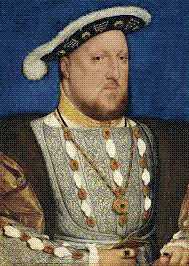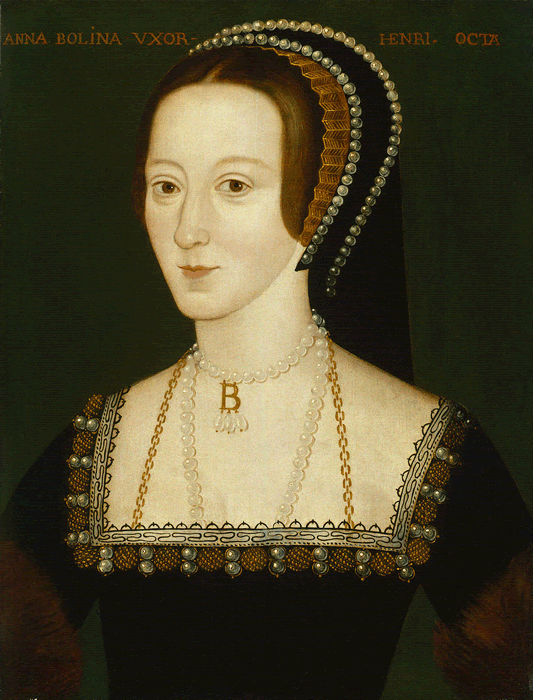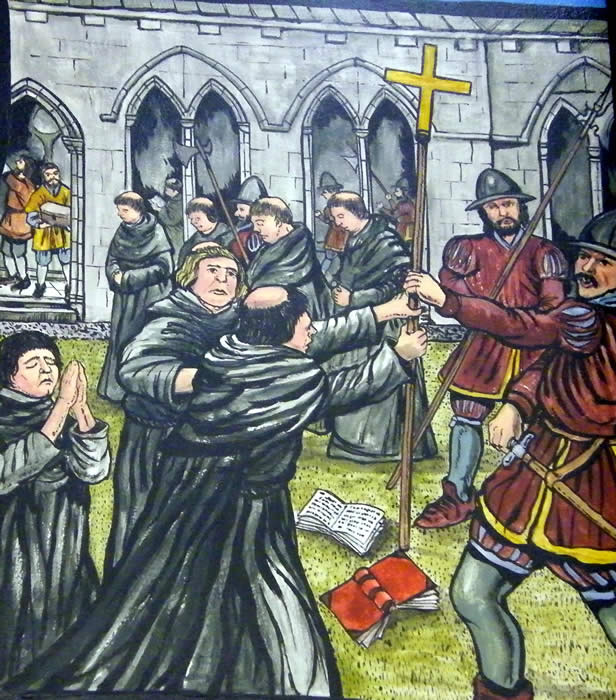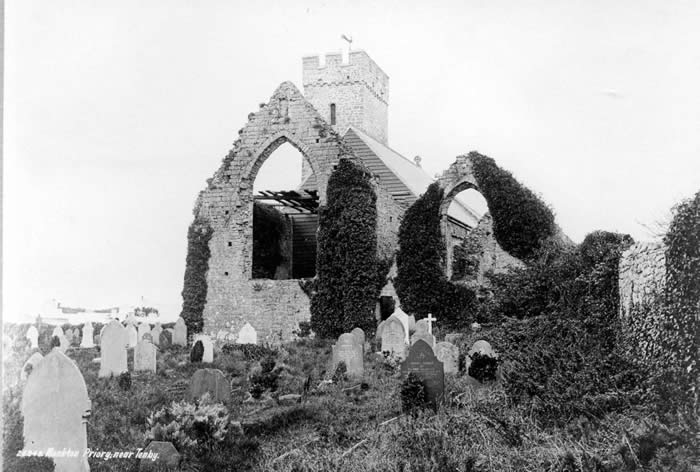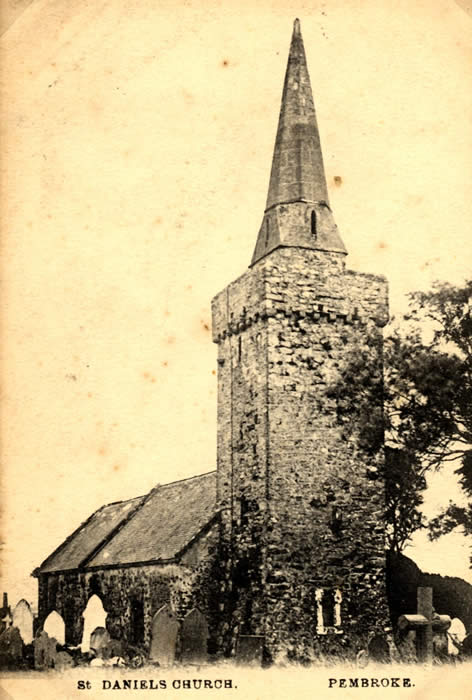
| HOME | ABOUT | PEMBROKE | MONKTON | TIMELINE | MUSEUM | LANDSCAPE | GALLERIES | PUBLICATIONS | CONTACTS |
Pembroke Story
POLITICAL AND RELIGIOUS CHANGE
On the death of his uncle Jasper Tudor, Henry inherited the Earldom of Pembroke, a title he was to bestow upon his second wife Ann Boleyn who became Lady Marquess of Pembroke. During his reign, Pembroke experienced great changes.
Pembroke’s loss of privileges In 1536 and 1542/3, two Acts of Parliament were passed, which saw Wales ‘incorporated, united and annexed’ to England. Pembroke lost its status as a County Palatine, by which the Earls of Pembroke were given special powers to levy tolls and taxes, to raise troops and to administer justice. No longer the centre of a great earldom, Pembroke became a market town and trading port. Haverfordwest was raised to the position of a county within itself and, as a result, became the main centre of trade within the area and thus progressively wealthier.
The end of Monkton Priory In 1536 a campaign began to close down all monasteries and religious houses. They were, it was said, full of ‘manifest sin, vicious, carnal and abominable living’.
By 1540, all 47 of the monasteries and friaries in Wales had been suppressed. Monkton seems to have closed by 1539. In common with the inhabitants of the other religious houses, the brothers at Monkton were probably pensioned off. The last prior of Monkton, John Warren, became a parish priest.
Valuable Estates When a monastery was due to close, a careful inventory of its lands and possessions was made, then everything was surrendered to the Crown. The King sold or leased the estates to anyone who was prepared to pay the right price. In this way the lands of Monkton Priory, valued at £113, passed into the ownership of Lady Katherine Vaughan and her son Richard. In 1595 the estates reverted to the Crown and were given to Robert Devereux, second Earl of Essex.
Holy Shrines and Holy Wells It was not only the monasteries that fell foul of the religious reforms. As late as 1592, the Elizabethan authorities were concerned because pilgrims still visited holy wells in Wales. Bishop Richard Davies of St Davids described these pilgrims as ‘slow and cold in the true service of God…supporters and bearers of superstition and idolatry’.
In July 1592, the Privy Council ordered that the famous holy well at Capel Meugan in north Pembrokeshire should be pulled down. No access to it was allowed ‘by night or day…in superstitious manner’.
St Daniel’s Well For many centuries there was a constant stream of pilgrims to the Holy Well adjacent to the church on St Daniel’s Hill. Many miracles were recorded as having taken place there. A woman from Carew, who ‘was so swollen beyond measure that she could find no relief’, drank the water of the well. Witnesses were astonished to see ‘three horrible worms, each with four feet’ emerge from her mouth. She was immediately cured of her illness. A woman from Oxford dreamed that she would be cured of her blindness if she spent the night in prayer in the church. She did so,‘together with a certain blind chaplain and many others, and both of them received their sight that same night’.
The holy well was destroyed towards the end of the 16th century.
Superstitious Monuments Even after the closure of Monkton Priory, Bishop Middleton of St Davids still believed that there were ‘in most parts of the diocese an infinite number of popish ceremonies and other things contrary to the laws of God..’
Within Pembrokeshire more than 140 people were named as practising Catholics, amongst them George Wyrriott of Orielton. John Gwyther of Manorbier was said to have harboured a Catholic priest, whilst another Catholic, Erasmus Saunders, had his lands seized by the authorities.
|
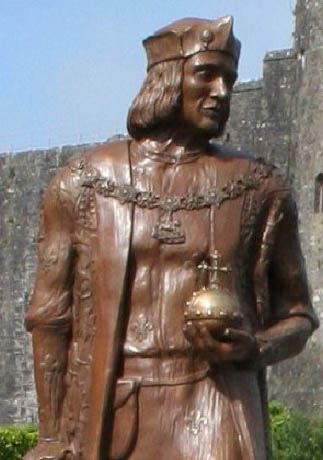 |
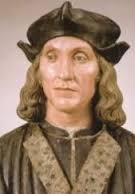 |
Through the Ages
 |
| Beginnings |
| Iron and Rome |
 |
| Dark Ages |
 |
| Normans |
 |
| Earldom of Pembroke |
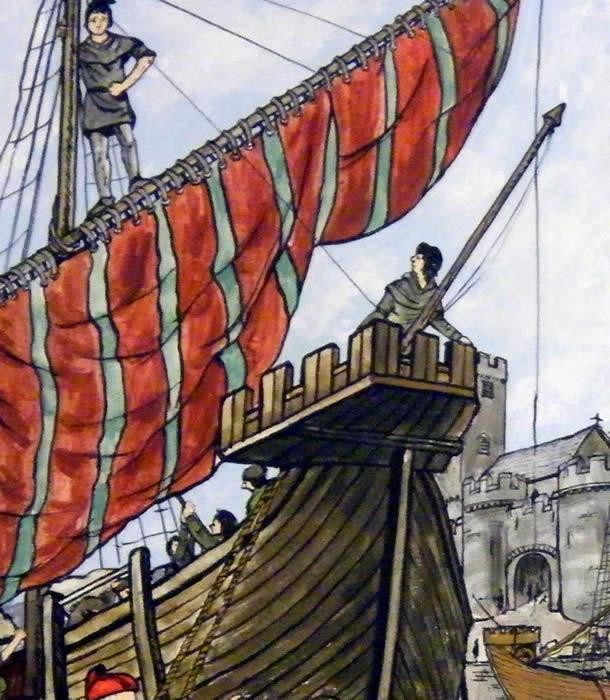 |
| Medieval Pembroke |
 |
| Wars of the Roses |
 |
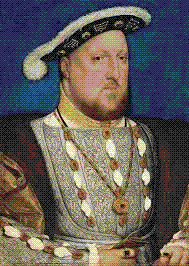 |
| Religious and political change |
 |
| Stuart & Civil War |
 |
| 18th Century |
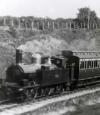 |
| 19th Century |
 |
| Modern Times |
